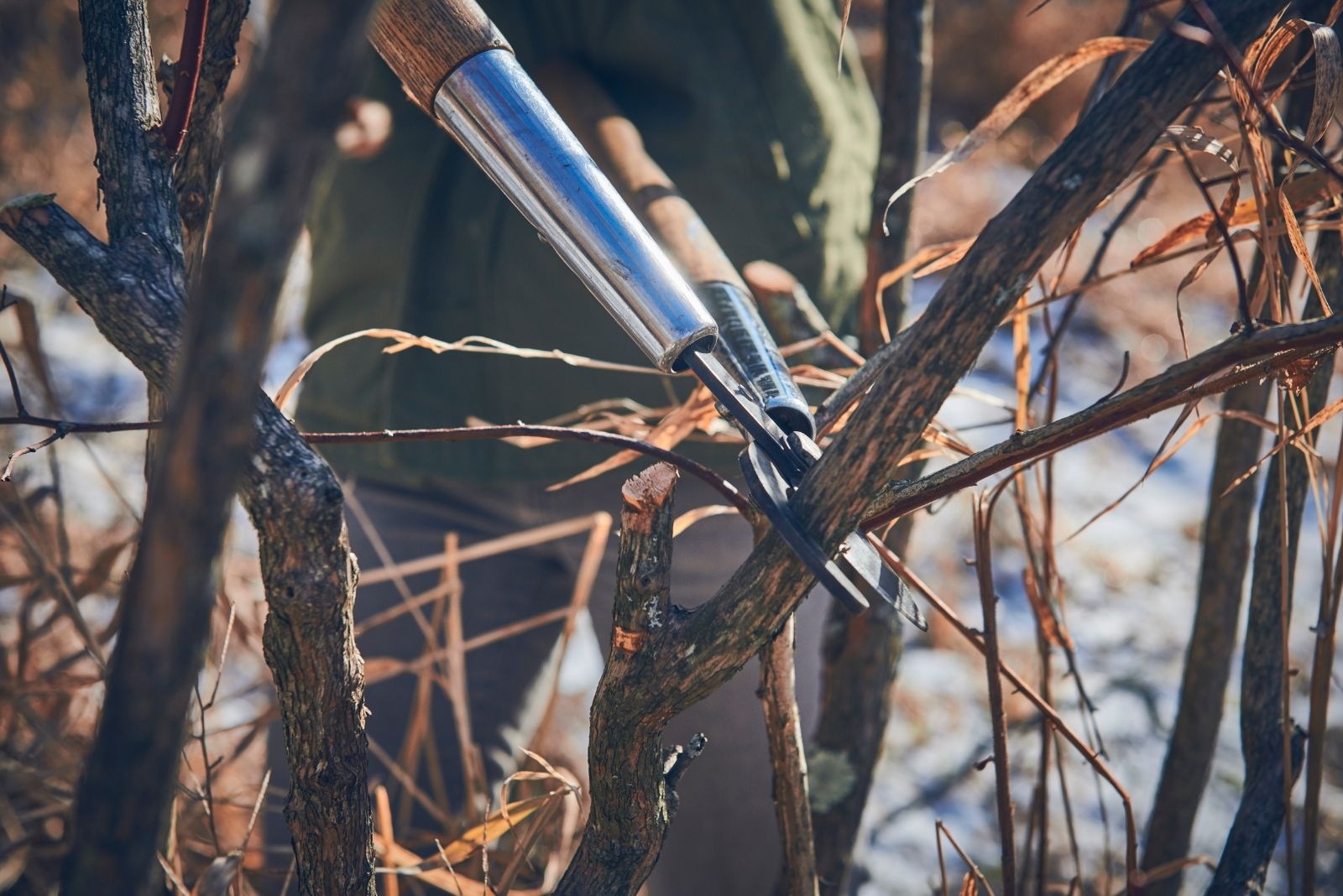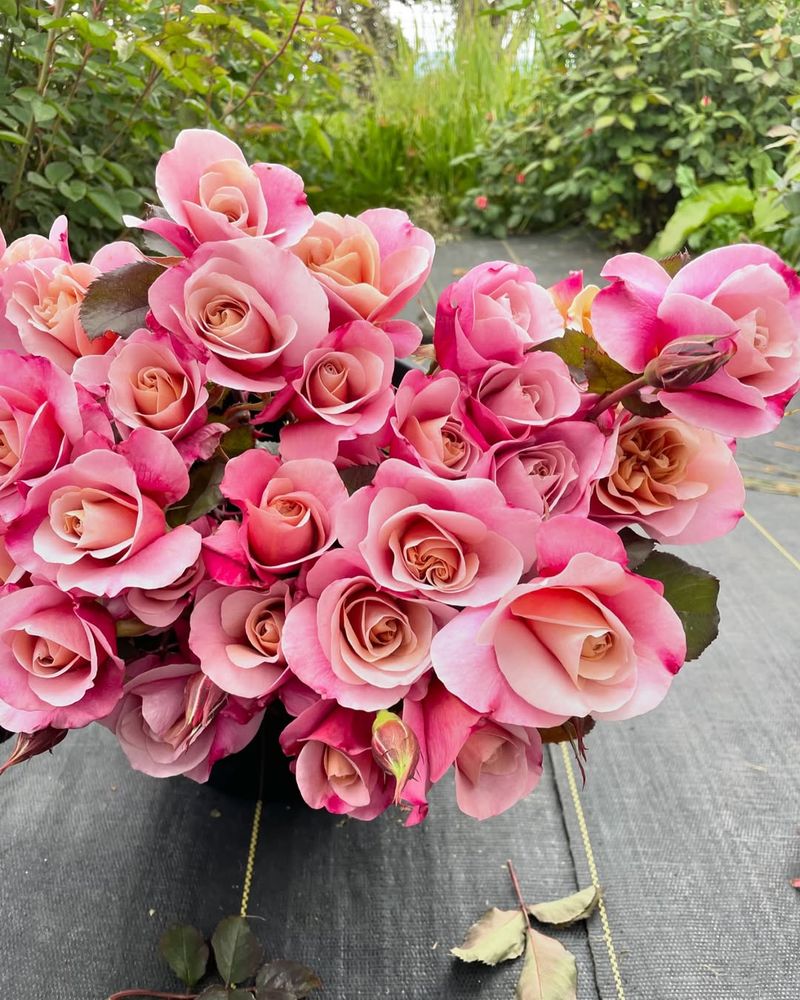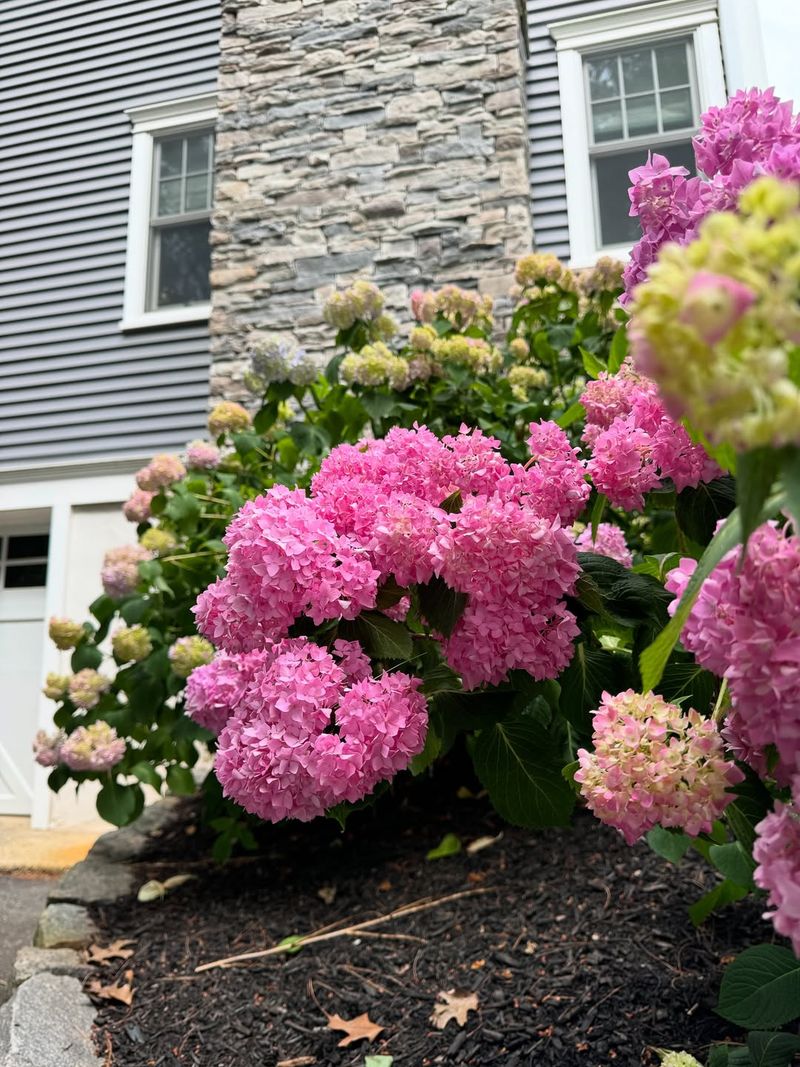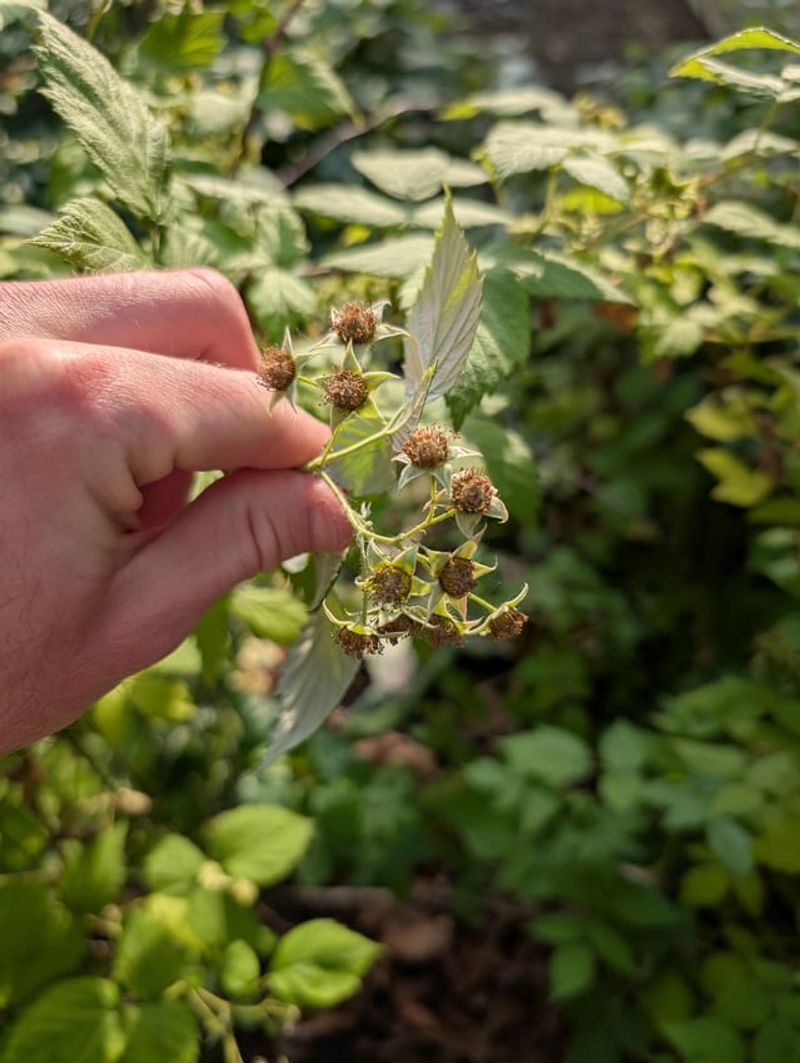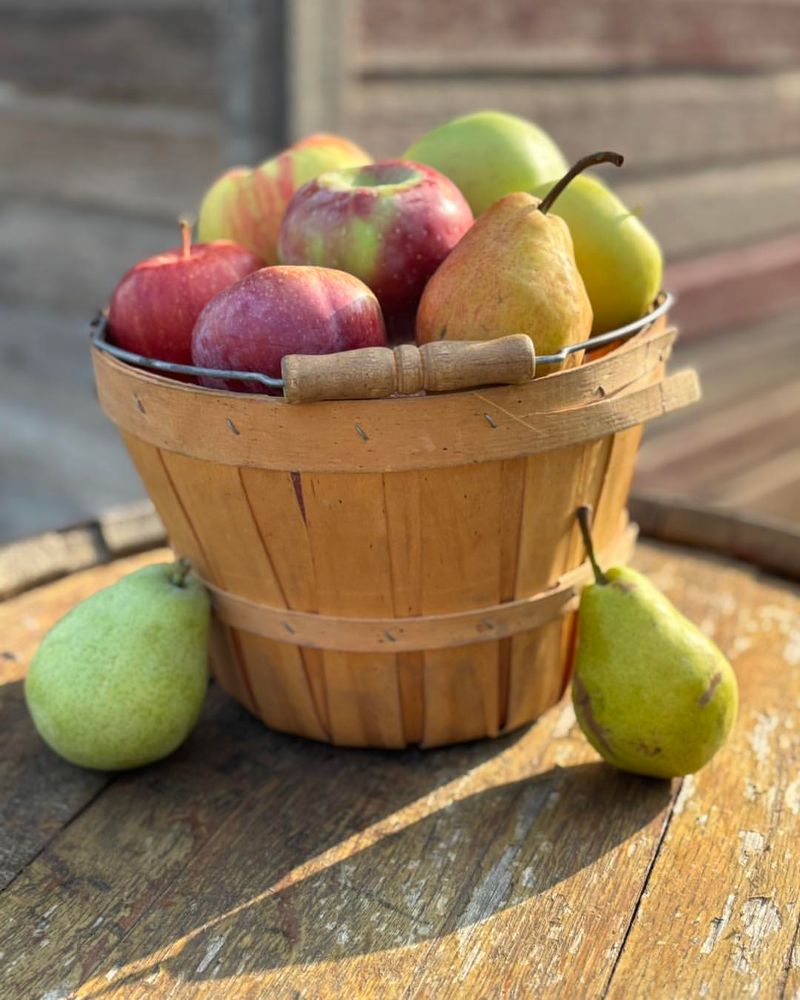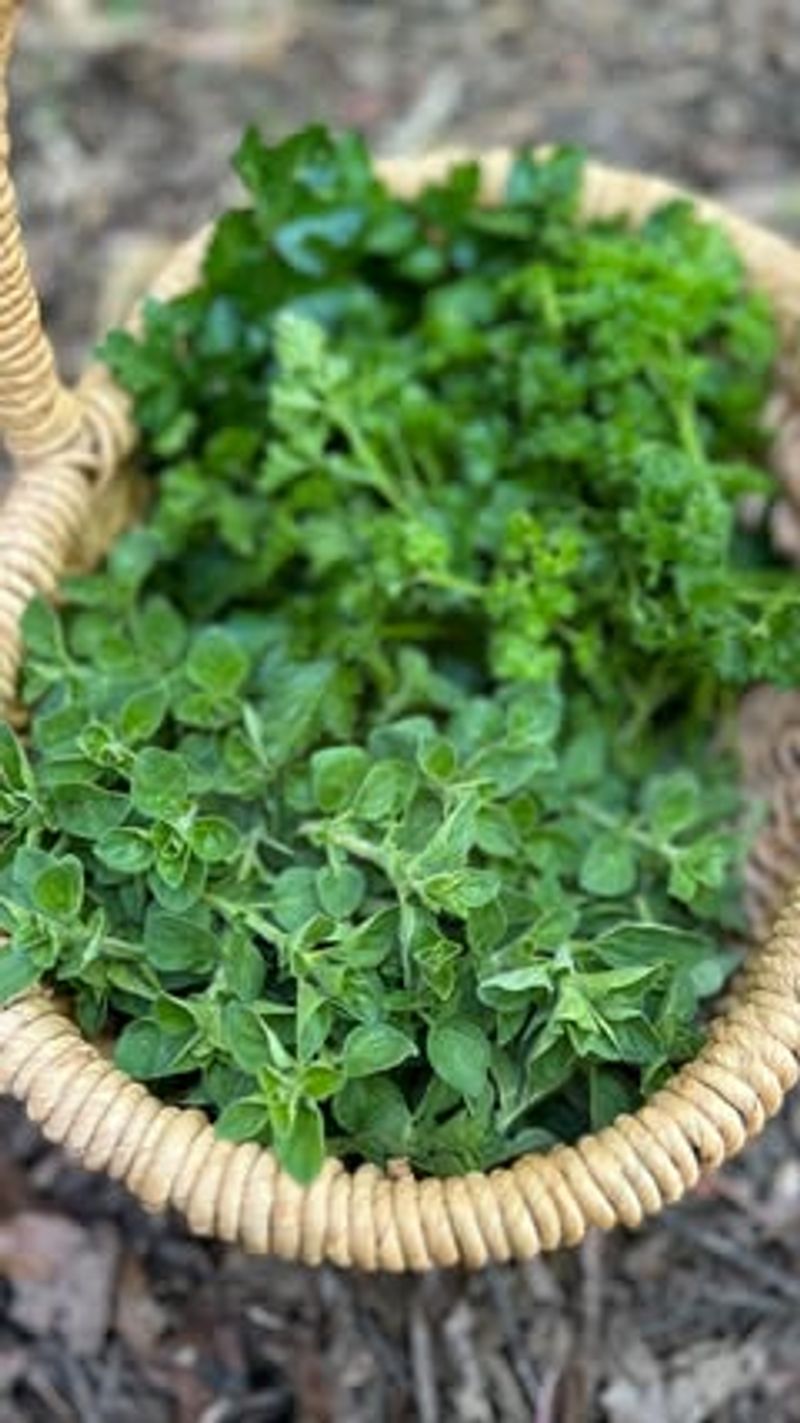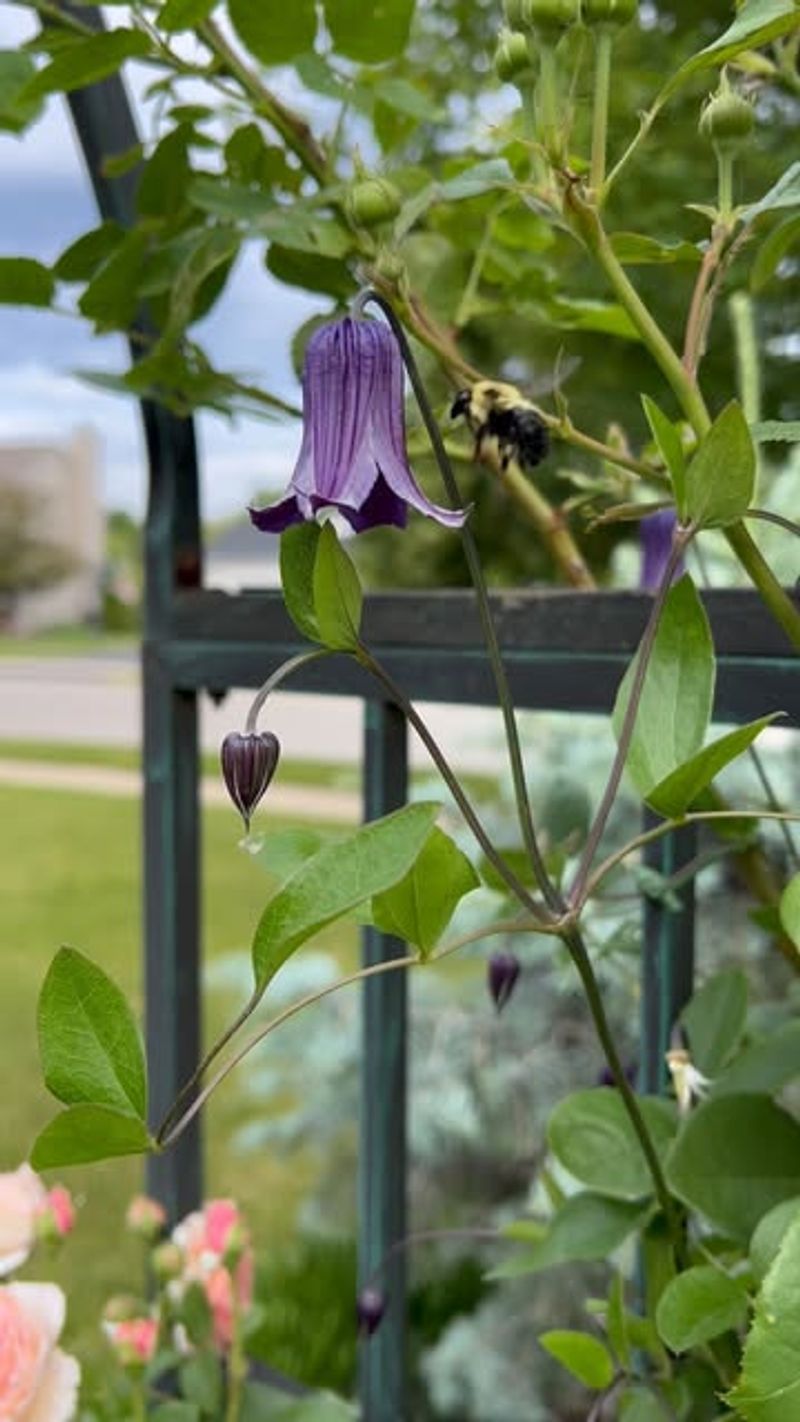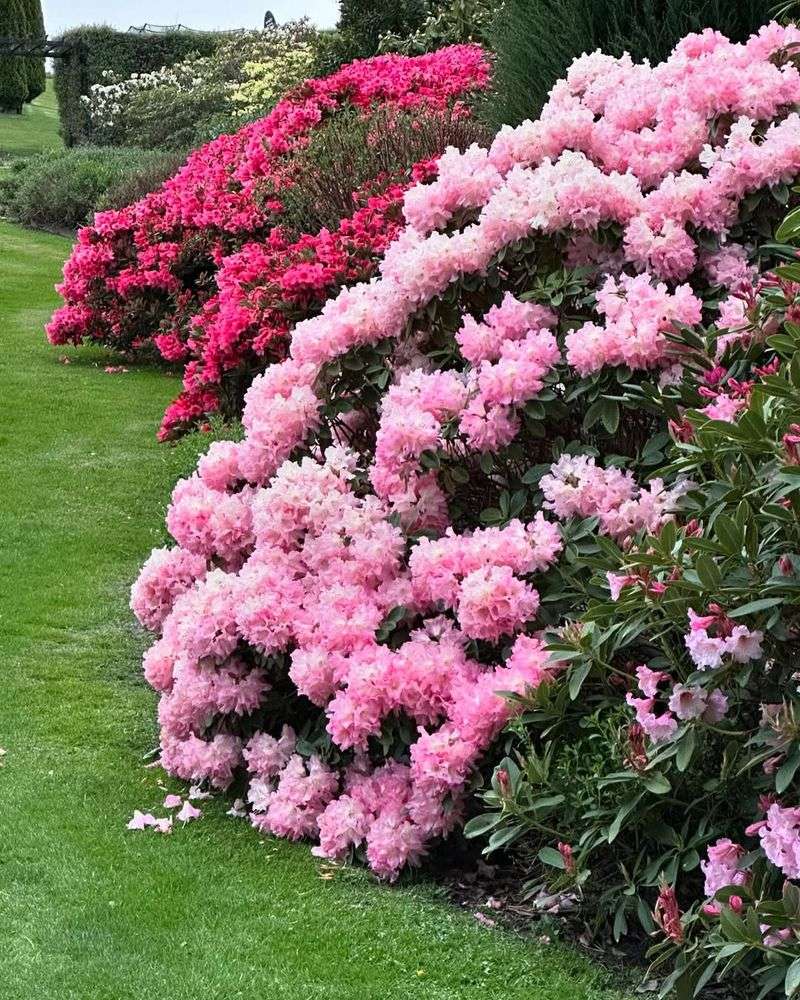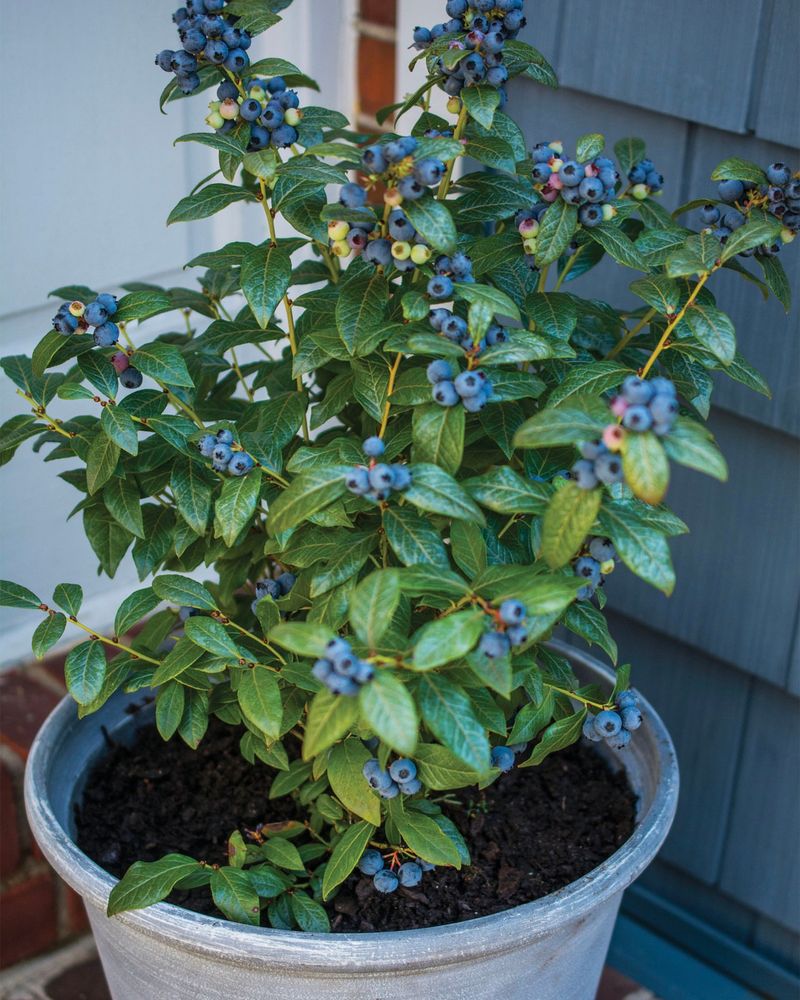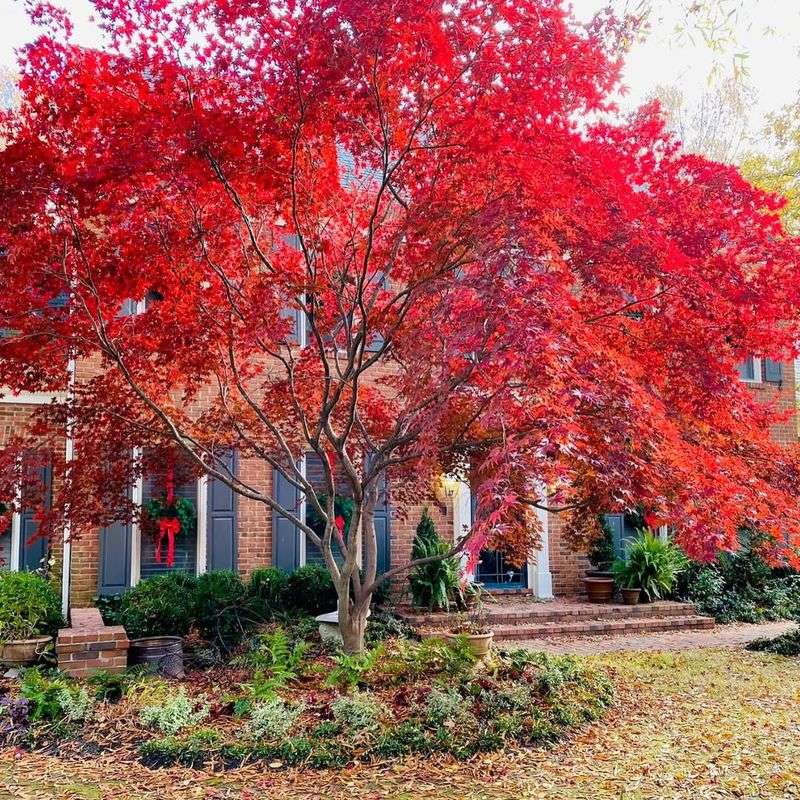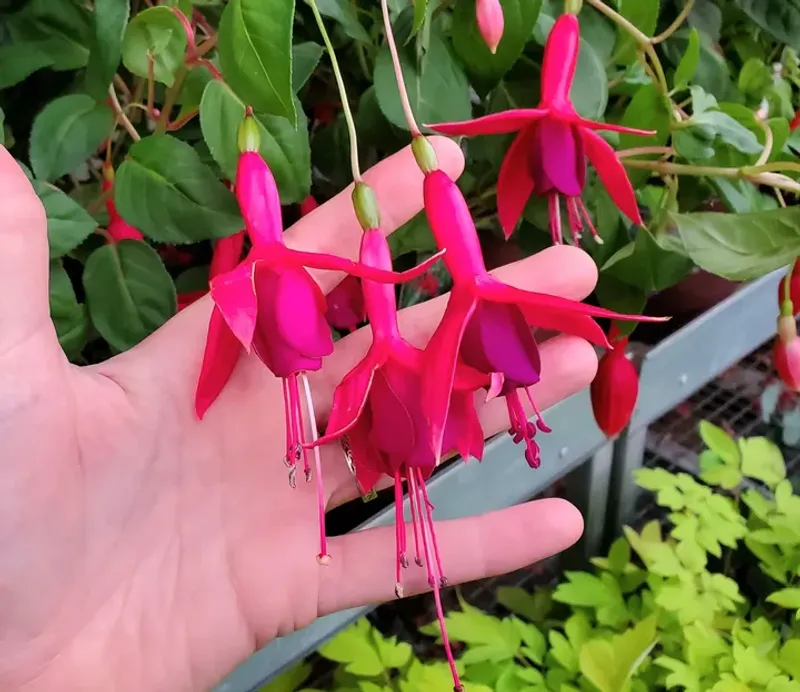October brings crisp mornings and golden afternoons to Washington state, creating the perfect window for essential garden maintenance. As plants prepare for dormancy, strategic pruning now helps strengthen them against our wet winters and sets the stage for vibrant spring growth.
Taking shears to certain plants before the first frost hits isn’t just good practice—it’s sometimes the difference between thriving gardens and disappointing results come springtime.
1. Roses
Fall rose pruning in Washington differs from spring’s major cutback. Focus on removing dead blooms and diseased canes while leaving major reshaping for spring. This light touch prevents moisture-trapping debris during our rainy season.
Washington’s humid fall conditions make roses particularly susceptible to fungal issues, so proper air circulation is crucial. I’ve found removing crossing branches and interior growth makes a noticeable difference in disease prevention.
My garden’s climbing roses always get special attention in October. Just a careful cleanup rather than hard pruning keeps them healthy through winter while preserving those flowering canes that will bring next year’s first blooms.
2. Summer-Flowering Hydrangeas
These showstoppers benefit from October attention, especially varieties that bloom on new wood. Cut stems back by about one-third, focusing on removing weak or crossed branches while maintaining the plant’s natural shape.
Our Washington winters can damage unpruned hydrangeas when snow weighs down leggy branches. A moderate October pruning creates a stronger framework that stands up to winter weather while encouraging fuller flowering next summer.
Last year I experimented with leaving one hydrangea unpruned and trimming its neighbor. The difference by June was remarkable – my pruned plant produced nearly twice as many blooms and stood strong through an unexpected late spring storm.
3. Fruit-Bearing Raspberry Canes
Summer-bearing raspberries need selective October pruning – remove only canes that produced fruit this year while keeping first-year canes for next summer’s harvest. These spent canes look brownish and woody compared to the greener new growth.
Washington’s damp climate makes proper raspberry pruning especially important for preventing fungal diseases. Thinning allows better air circulation during our wet winters and reduces common Pacific Northwest berry problems.
In my Seattle garden, I’ve learned to mark new canes with colored garden tape in summer, making October pruning decisions much easier. This simple trick has increased my harvest significantly by ensuring I never accidentally remove productive canes.
4. Apples And Pears
October provides the perfect opportunity for maintenance pruning of apple and pear trees. Remove water sprouts (those straight shoots growing straight up), damaged branches, and obvious crossing limbs while saving major structural pruning for winter dormancy.
Our Washington climate makes fruit trees susceptible to various fungal issues. Proper fall pruning improves air circulation and reduces disease pressure during our damp winters.
I’ve noticed my espaliered pear tree responds beautifully to October touch-ups. This light pruning helps manage its size while letting enough light reach the inner branches, resulting in better fruit set the following season compared to trees I’ve left untouched until winter.
5. Perennial Herbs
Woody herbs like lavender, sage, and thyme benefit from a gentle October trim in Washington gardens. Cut back about one-third of the growth, avoiding cuts into woody stems which may not recover in our climate.
Our wet Pacific Northwest winters can cause these Mediterranean natives to rot if left with too much growth. A strategic October pruning allows plants to harden off before winter rains begin in earnest.
The lavender border along my garden path gets a careful haircut every October. I’ve learned through trial and error to never cut into woody stems – a mistake I made years ago that resulted in losing half my established plants to our wet winter.
6. Climbing Clematis
Knowing your clematis type is essential for October pruning. Late-flowering varieties (Group 3) can be cut back to about 12 inches now, while spring bloomers should only have dead or tangled growth removed.
Washington’s winter storms can damage unpruned clematis vines when wind catches their dense growth. October pruning creates stronger plants better equipped to handle our Pacific Northwest weather extremes.
After experimenting with different approaches, I’ve found my late-summer clematis responds beautifully to October cutbacks. The plants produce more flowers on stronger stems when pruned now versus waiting until spring, a technique that’s especially effective in our maritime climate.
7. Rhododendrons And Azaleas
October is ideal for light maintenance pruning of these Northwest favorites. Remove dead branches and spent flower heads while avoiding major reshaping that would sacrifice spring blooms already set in buds.
Washington’s native rhododendrons demonstrate how these plants have adapted to our climate rhythms. A gentle October pruning mimics natural processes while removing potential disease entry points before our wet season.
My woodland garden includes several rhododendron varieties that benefit from careful deadheading now. I’ve noticed this practice not only improves appearance but also directs energy to root development during our mild fall months, resulting in more vigorous spring growth.
8. Blueberry Bushes
October pruning helps rejuvenate Washington blueberries by removing dead wood and crossed branches. Focus on creating an open, vase-like structure that allows sunlight to reach the center of the plant.
Our region’s cool, wet springs make proper air circulation crucial for blueberry health. Selective October pruning prevents the fungal issues common in Pacific Northwest berry patches while encouraging larger fruit on remaining branches.
The oldest blueberry in my garden gets the most aggressive October pruning. I’ve found removing about a quarter of the oldest stems each fall keeps this 15-year-old bush producing berries as vigorously as its younger neighbors – a technique particularly effective in our maritime growing conditions.
9. Japanese Maples
These elegant trees need minimal but strategic October pruning. Remove dead branches, water sprouts, and crossed limbs while maintaining the tree’s natural form. Avoid heavy pruning which can stress these sensitive specimens.
Washington’s winter weather can damage Japanese maples when snow or ice accumulates on weak branches. Careful October pruning reduces this risk while preserving the tree’s graceful structure.
My front yard maple transformed after learning proper pruning techniques. Rather than the severe cutting I once thought necessary, I now make just a few strategic cuts each October. This gentle approach has enhanced its natural elegance while improving its resilience to our Northwest weather patterns.
10. Hardy Fuchsias
October provides the perfect window for light pruning of hardy fuchsias before our Washington winter sets in. Remove dead or damaged stems and lightly shape the plant while leaving the major cutback for spring after frost danger passes.
These garden favorites often suffer during harsh winters if left completely unpruned. A moderate October trim removes potential disease entry points while allowing enough growth to protect the crown during cold snaps.
After losing fuchsias to harsh winters, I’ve developed a middle-ground approach. My October pruning removes about a third of the growth, leaving enough stems to protect the plant while reducing wind damage. This method has significantly improved winter survival rates in my Seattle garden.

